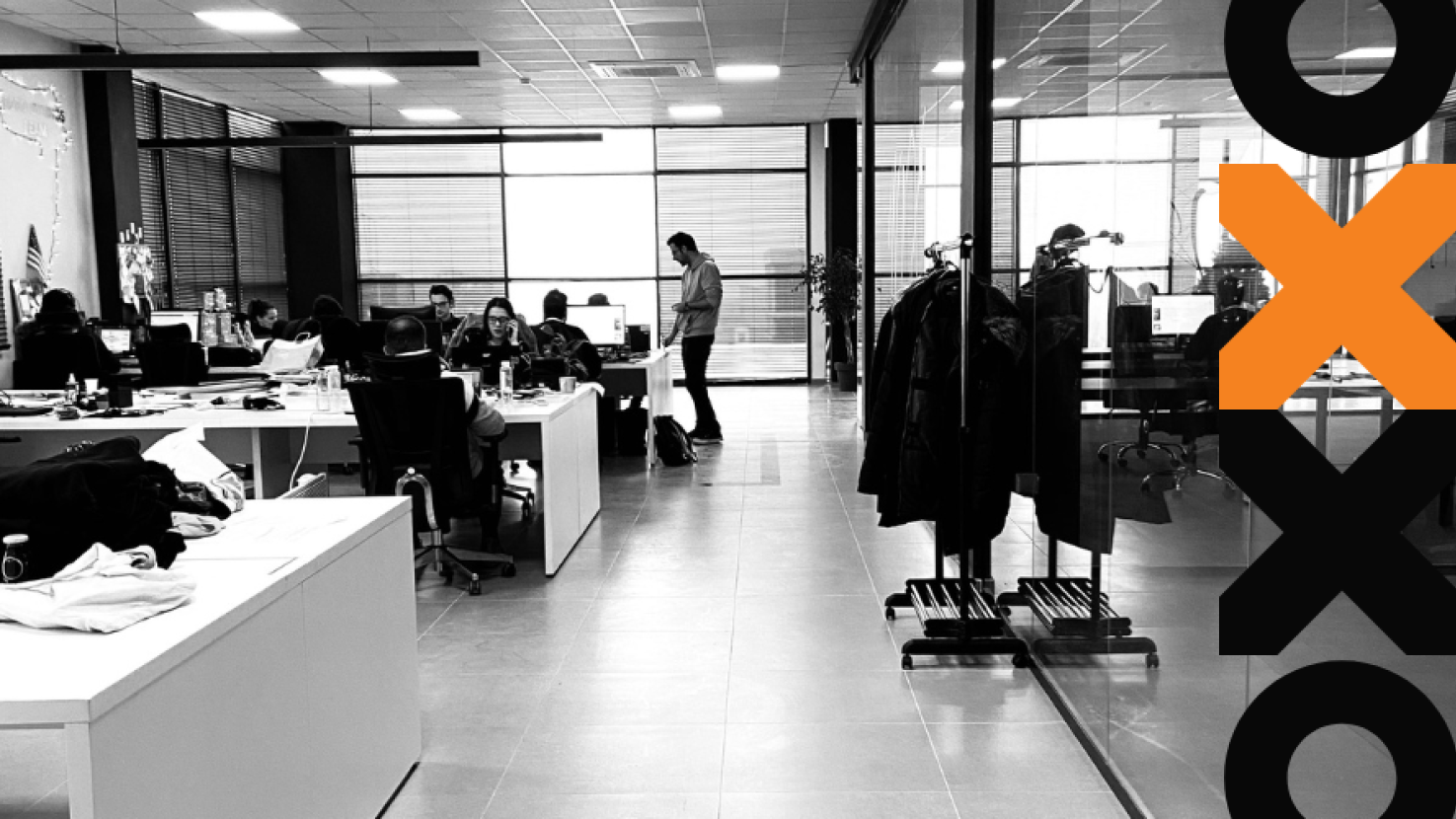Five Ways to Connect Data Cultures at Decentralized Companies

I work for the U.S. arm of a global data consultancy that has offices in New York, Miami, Los Angeles, and Washington D.C. As a group of consultants, especially over the past two years, we have to support a lot of remote workers as well. That was true even before the pandemic. So how do you connect a data culture among a group of professionals who are largely at home or working with clients?
Here are some simple best practices I highly recommend.
- Define and agree upon a consistent language and set of data definitions. With the right definitions in place, anyone can point to them in preparing and executing their work. And with so many professionals working remotely for the foreseeable future, it’s imperative to settle on one consistent way to define your data elements. That way everyone has something to point to if they need it. Part of my role is to provide consistent approaches that people can use as inspiration and share with their customers.
- Develop a style guide of visual best practices. Just as a corporate brand stays consistent based on a style guide, data visualizations can as well. That’s why I’m creating a reference tool that works very much like a style guide. A style guide should be that just that: a way to help people anywhere in a company to navigate the best solutions to problems within overall standards that feel liberating rather than restrictive.
- Inspire people with outside perspectives. For our internal Tableau user group, I bring in outside speakers quarterly to motivate our staff. It’s always great to get other points of view from people who don’t work at our company because they bring unique backgrounds and perspectives.
- Offer tools such as webinars to share information. Since our people are widely dispersed, it makes sense to reach them online. I like creating internal one on ones or webinars on new tools we have that other partners may not. For example, my focus lately has been on Tableau CRM and Tableau core products. These are valuable conversations because it’s challenging for many people to bridge the gap between the two. Tableau CRM is not really Tableau, and Tableau isn’t really Tableau CRM. The webinar format is a great place to get into detail on this topic.
- Encourage people to move beyond one tool. Consistent overall approaches are valuable, but that shouldn’t mean confining yourself to one tool. Sometimes you need multiple tools to get the job done well. For example, some people prefer Alteryx as a data prep tool over Tableau Prep, so they use one for prep and one for analysis. That’s a much better approach than saying, “I have this tool and we’ll make a bunch of workarounds” when another tool might do something much more effectively.
Taking a more holistic approach also is valuable if you have a client on a call and they have a question about how to use another tool. We want people who can speak as many languages as possible and can celebrate each other as opposed to working in different units that ignore certain platforms. That’s why our Tableau staff sees presentations from people who work in Snowflake or Alteryx. It gives them good grounding in these platforms and lets them know they have resources at the ready if the need arises.
As my company’s first Tableau evangelist, I put a premium on achieving flexibility within our teams. It’s critical to stay fresh, and I see that as the core of my evangelism. That’s why it includes community content, internal content, developing a heightened ability to work with people and make sure that they’re on the same track, and ensuring that communication is flowing between teams. Regardless of how decentralized we may operate as a company, to our clients we are all one team








